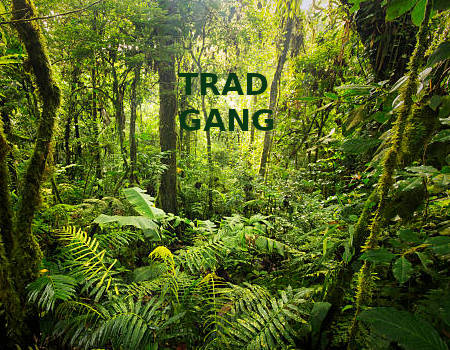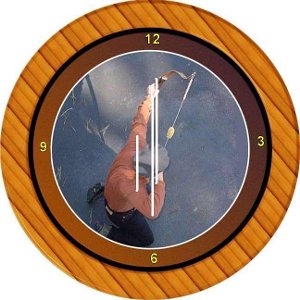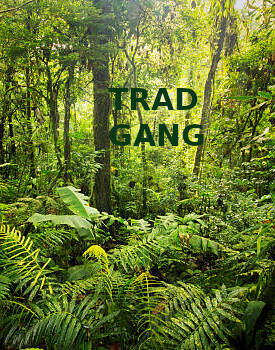
|
 Become a Trad Gang Sponsor |
 |
- Welcome to Trad Gang.
Back tension and expansion.
Started by Jock Whisky, May 10, 2017, 10:46:00 PM
Previous topic - Next topic0 Members and 3 Guests are viewing this topic.
User actions
Copyright 2003 thru 2025 ~ Trad Gang.com © |
